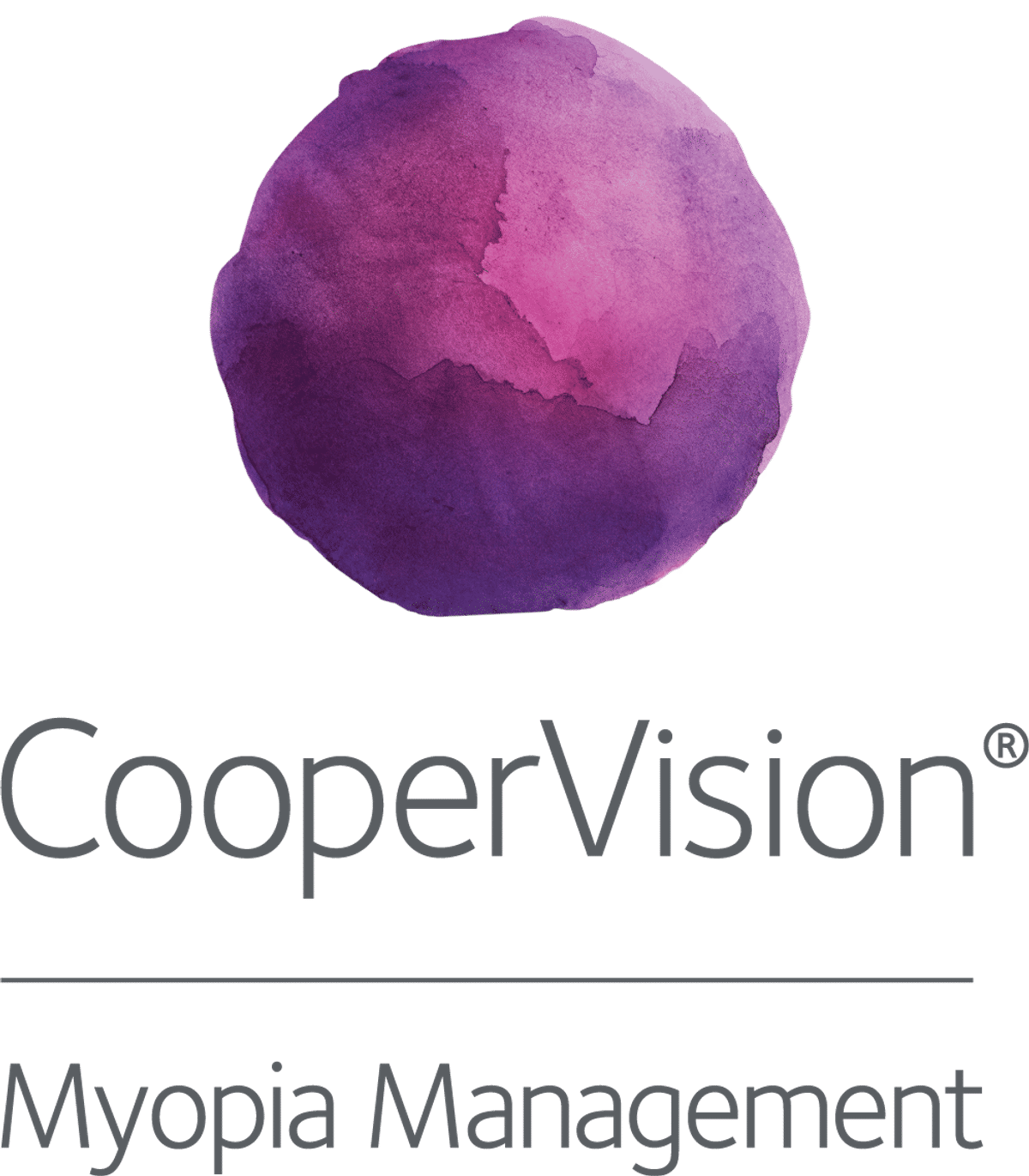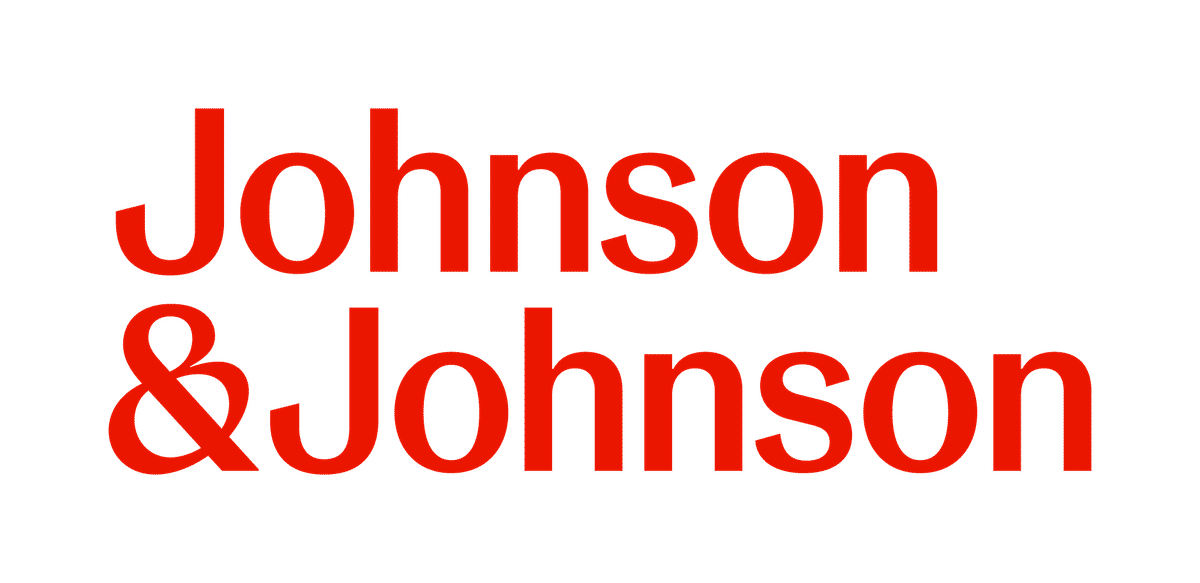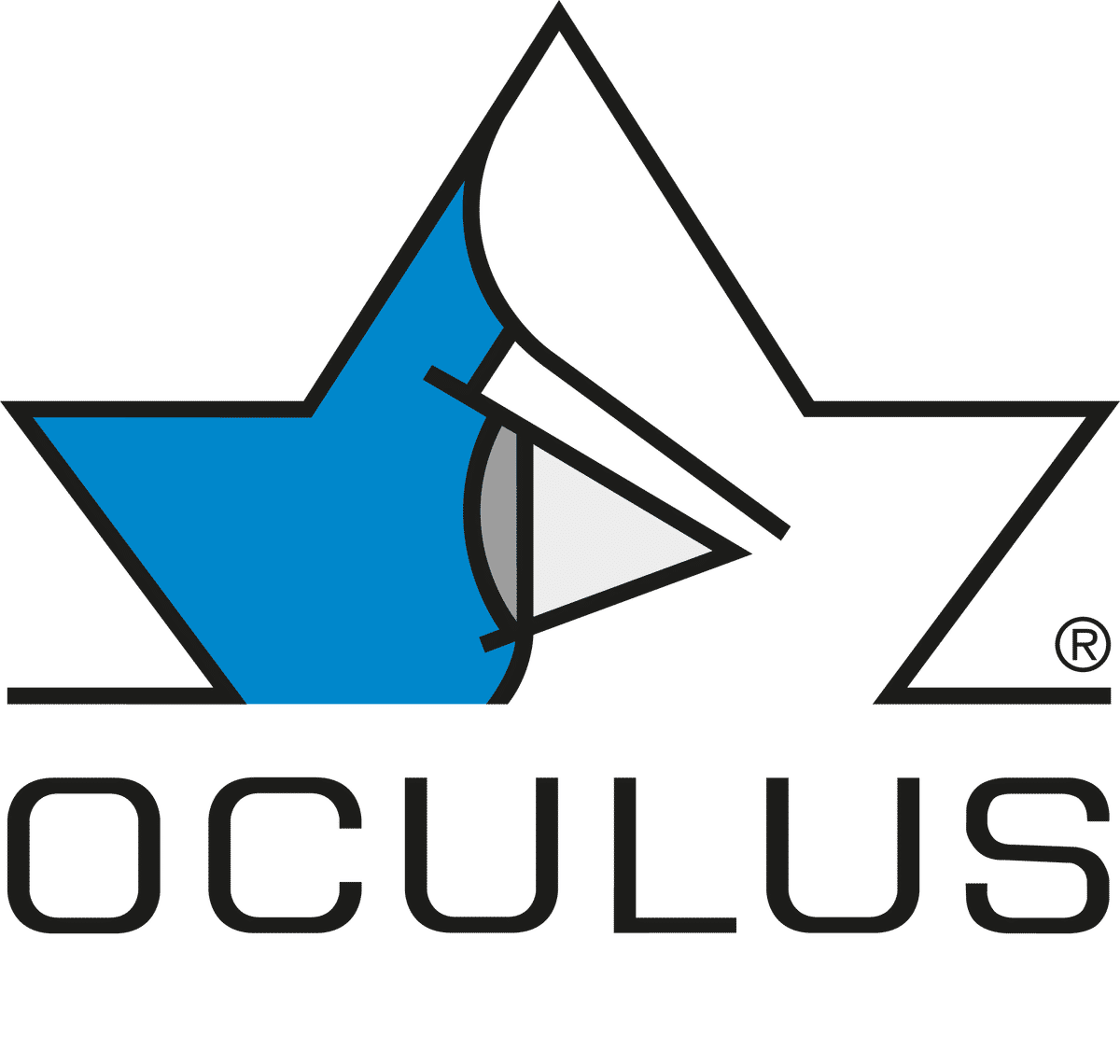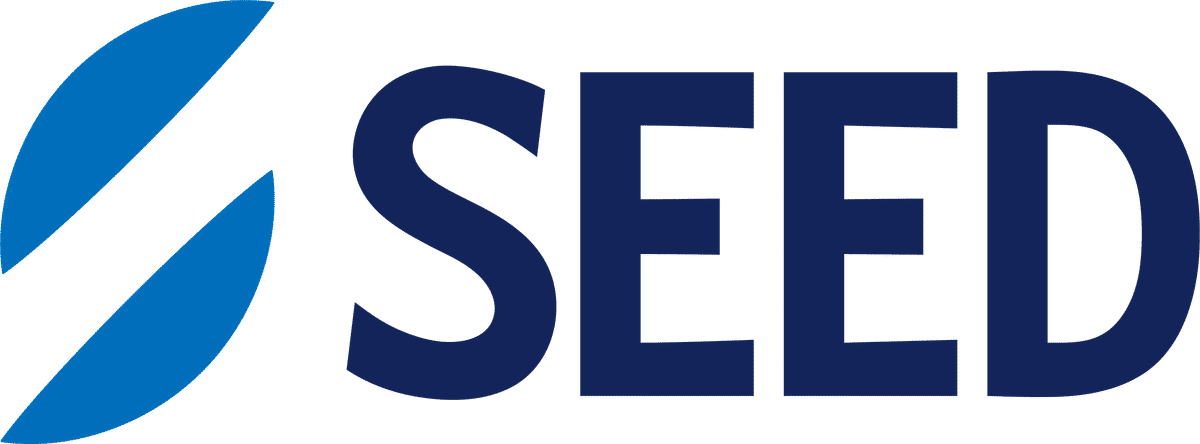Science
Adult myopia progression in Europeans

In this article:
While myopia often stabilizes by late adolescence, many young adults continue to progress, and some develop late-onset myopia. This large-scale study found 11% of young adults myopes progressed each year with more in high myopes, with 30% showing new-onset myopia and fastest progression in younger adults.
Paper title: Patterns of Myopia Progression in European Adults
Authors: Moore M (1), Lingham G (1, 2), Flitcroft DI (1, 3), Loughman J (1)
- Centre for Eye Research Ireland, School of Physics, Clinical and Optometric Sciences, Technological University Dublin, Dublin, Ireland
- Centre for Ophthalmology and Visual Science (incorporating Lions Eye Institute), University of Western Australia, Perth, Australia
- Children’s University Hospital, Dublin, Ireland
Date: Published online January 17, 2025
Reference: Moore M, Lingham G, Flitcroft DI, Loughman J. Patterns of myopia progression in European adults. Ophthalmology Science. 2025 Jan 17;100713.
Summary
This study investigated the natural history of myopia progression in adults using anonymized electronic medical records (EMR) from 40 optometry practices across Ireland. Refractive error change was assessed in adults aged 18 to 39 years who had at least two eye exams over an interval of at least 11 months, with myopia progression analyzed using linear mixed models. A total of 18,620 patients (59.5% female) were included, with multiple visits recorded over nearly two decades (2003–2022). Key findings were as follows.
Myopia progression occurred in a significant proportion of adults:
- 10.7% of myopes had progression worse than -0.25 D/year.
- 19.9% of myopes aged 18–24 years showed progression, compared to 6.8% in the 40–44 age group.
- 8.0% of high myopes progressed faster than -0.50 D/year.
New-onset myopia was observed in non-myopic individuals:
- 28.5% of emmetropes and 0.8% of hyperopes became myopic over time.
- Baseline refractive status influenced progression rates:
- High myopes at baseline showed greater annualized progression (-0.06 D/year) than those with lower myopia (-0.04 D/year).
- The fastest progressors among myopes (top 10%) exhibited -0.40 D/year of progression.
Age played a significant role in progression risk:
- Younger adults had a significantly higher risk of progression than older adults.
- High myopes continued progressing well into their 30s, with no significant decline in fast progressors until age 35.
These findings suggest that while most adults experience stable myopia, a clinically relevant proportion of younger and highly myopic adults continue progressing, warranting further consideration for potential myopia management interventions.
What this means for my practice
This study challenges the notion that myopia progression ceases after adolescence, showing that a significant proportion of young adults, particularly high myopes, continue to progress. Key takeaways for clinical practice are as follows.
- Young adult myopes (18–24 years) are at the highest risk of progression, with nearly 20% progressing more than -0.25 D/year and 6.2% progressing faster than -0.50 D/year.
- High myopes are particularly vulnerable, with 8% progressing beyond -0.50 D/year, increasing their risk of myopia-related pathology.
- Prior progression predicts future progression, suggesting that patients with documented progression should be closely monitored.
- New-onset myopia is common, with 28.5% of emmetropes developing myopia, highlighting a need for early identification of at-risk adults.
While randomized controlled trials on myopia control in adults are lacking, these findings suggest that extending myopia management beyond childhood may be beneficial, particularly for high-risk individuals. Continuing treatment for progressing young adults—especially those with high myopia—should be considered, while lower-risk individuals may only require standard refractive correction and monitoring.
What we still need to learn
While this study provides important insights, several key questions remain. Although some young adults experience significant myopia progression, most progress slowly. Future research should focus on identifying which adults benefit most from myopia control and whether continued treatment from adolescence into adulthood is necessary. High myopes continue to progress well into their 30s, but it remains unclear whether this is primarily due to axial elongation or pathological changes. Further studies are needed to determine how best to mitigate long-term risks in this group.
Prior myopia progression was a predictor of future progression, yet more research is required to develop reliable risk models that can help clinicians identify adults at higher risk. Additionally, as this study was conducted within a clinical population, it may not fully represent the general public, highlighting the need for research in non-clinical and ethnically diverse groups. The study also suggests that pre-myopia may exist in adults, raising questions about modifiable risk factors and prevention strategies. Finally, randomized controlled trials are needed to assess the efficacy of myopia control in adults and guide evidence-based clinical decisions.
Abstract
Objective: Data regarding the progression of myopia and new-onset myopia in young adults are lacking. This study aims to describe the natural history of myopia development and progression in adults using anonymised electronic medical records (EMR) from Irish optometric practices.
Design: Longitudinal study.
Subjects: EMR data were extracted from 40 Irish optometry practices with 18,620 (59.5% female) patients meeting the inclusion criteria.
Methods: Refractive error change was determined among patients with multiple eye exam visits during the period 1st January 2003 to 31st December 2022. Patients aged 18 to 39 years, inclusive, at baseline and attending more than one eye exam with an interval of at least 11 months between visits and that were myopic at the final visit were included in the analysis. Annualised myopia progression in D/year was assessed using linear mixed models (LMM) with age, sex, baseline SER and previous myopic progression as fixed effect covariates. The proportion of patients with unstable myopia (progression worse than -0.25 D/year) was determined.
Main Outcome Measures: Proportion of adults across the age range 18 – 39 with significant myopic progression.
Results: Significant myopia progression (progression < -0.25 D/year) was noted in 10.7% of all myopes. The proportion of myopes with significant progression was clearly related to age with 19.9% of myopes in the youngest age group experiencing progression compared to 6.8% in the oldest age group. Higher proportions of myopic progression were also observed in high myopes with one in twelve high myopes (8.0%) exhibiting persistent fast myopic progression as adults (worse than -0.50 D/year). Of patients with emmetropia or hyperopia at baseline in this clinic-based population, 28.5% and 0.8% became myopic during the follow-up period.
Conclusion: Although myopia has stabilised in most adults (> 18 years of age), a sizeable proportion of younger adults and high myopes (of all ages) do progress at a clinically significant rate. Almost three times as many adults in youngest age group (18-24 years) experienced myopic progression when compared to the oldest age group (40-44 years). Consideration should therefore be given to exploring the efficacy and benefit of myopia management in this cohort of patients.
Meet the Authors:
About Kate Gifford
Dr Kate Gifford is an internationally renowned clinician-scientist optometrist and peer educator, and a Visiting Research Fellow at Queensland University of Technology, Brisbane, Australia. She holds a PhD in contact lens optics in myopia, four professional fellowships, over 100 peer reviewed and professional publications, and has presented more than 200 conference lectures. Kate is the Chair of the Clinical Management Guidelines Committee of the International Myopia Institute. In 2016 Kate co-founded Myopia Profile with Dr Paul Gifford; the world-leading educational platform on childhood myopia management. After 13 years of clinical practice ownership, Kate now works full time on Myopia Profile.
Enormous thanks to our visionary sponsors
Myopia Profile’s growth into a world leading platform has been made possible through the support of our visionary sponsors, who share our mission to improve children’s vision care worldwide. Click on their logos to learn about how these companies are innovating and developing resources with us to support you in managing your patients with myopia.












